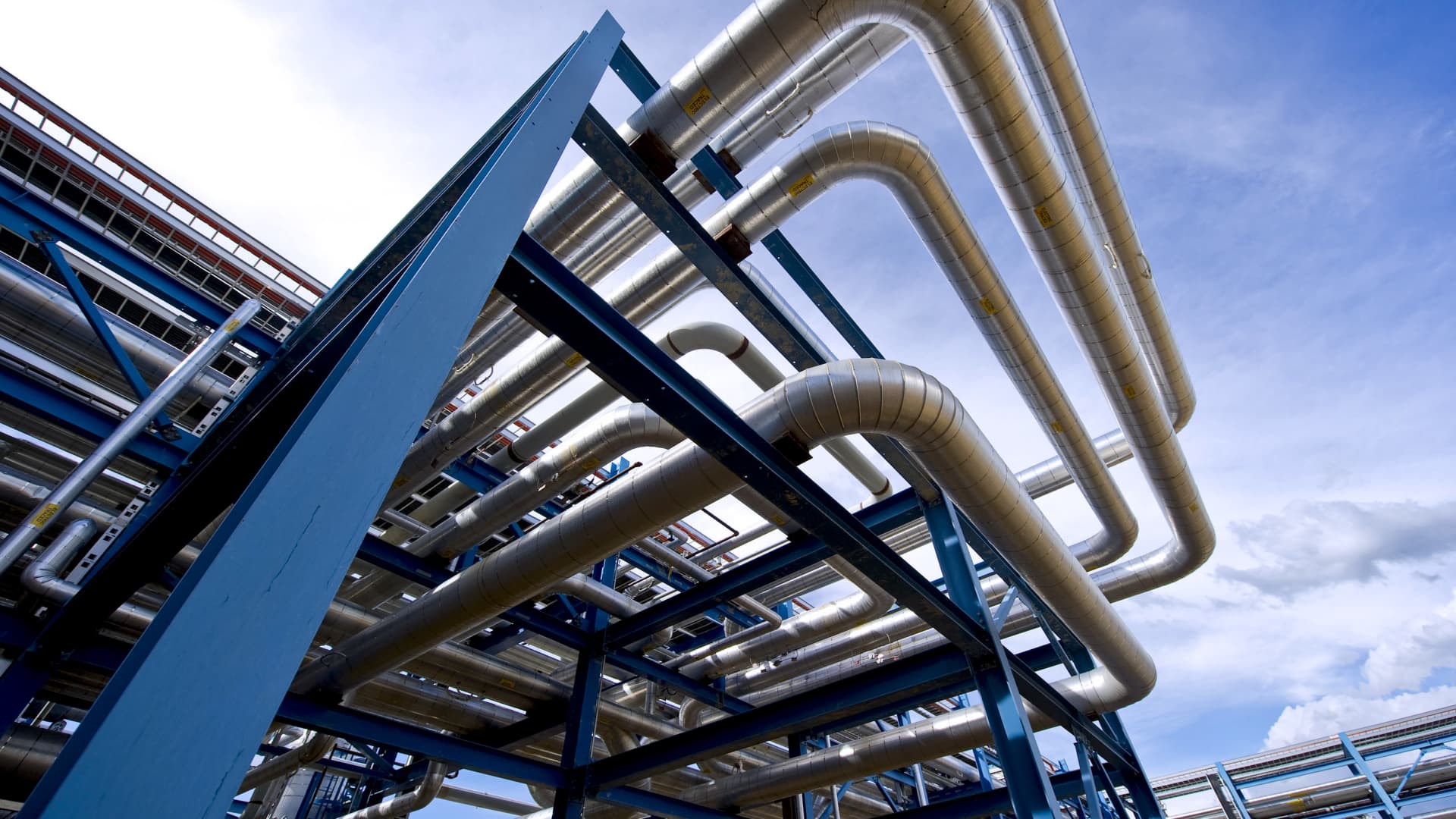Energy
Sunday, September 4th, 2022 11:57 am EDT
In July 2020, I interviewed the EV battery mineral experts at RK Equity for the first time. The core story was clear: there was growing demand for electric vehicles, but not enough investment in EV battery mineral mining, and lithium mining in particular. The result was as predictable as could be for an Econ 101 course: prices were going to rise, considerably. In subsequent interviews with RK Equity’s Rodney Hooper and Howard Klein, the story remained the same. I interviewed Caspar Rawles, Head of Price Assessments at Benchmark Mineral Intelligence, in January 2021 as well and got basically the same story. Sure enough, as demand has risen fast, lithium prices have shot up.
Benchmark Mineral Intelligence gives us an update on its view of the market: “It’s been almost a year since lithium prices hit an inflection point to all time highs and three months since a controversial Goldman Sachs research note predicting a price crash on increased lithium supply.
“Yet Benchmark’s global average lithium prices have held steady since April’s record high levels, with Chinese technical and battery-grade lithium carbonate prices continuing to increase. That’s in stark contrast to other battery metals such as cobalt and nickel, where prices have fallen this year.
“Since the beginning of June Chinese battery-grade lithium carbonate prices have increased marginally but year-to-date Chinese battery-grade lithium carbonate prices have risen by 90% while lithium hydroxide is up by 127%.”
All of that is up till now. What about the future? Well, automaker needs and orders continue to rise fast, and they continue to compete over a less-than-adequate lithium production pipeline.
For the time being, increased supply and demand are lining up fairly closely. Benchmark predicts lithium supply will increase 33% this year, while demand is expected to increase 36% to 610 GWh (gigawatt-hours). More details on supply & demand factors in 2022 can be found here.
Bringing the Inflation Reduction Act of 2022 into account and looking further out, North American mineral needs are going up big and fast. That also means some easing on Chinese lithium demand, but there will still be plenty of demand for that from China, Europe, etc. But will the EV battery and mineral market be able to get enough minerals out of the ground and processed for US demand without resulting in totally jacked up pricing? Well, we’ll see.
“The industry is facing a decade of perpetual change. A broader range of assets across a more diverse group of producing regions will be needed to meet the structural constraints facing the industry, and the increased geopolitical importance being placed on strategic supply chains,” Andrew Miller, chief operating officer at Benchmark, said.
At the moment, all things considered, Benchmark is projecting far more demand than supply from 2030 on and thus rising prices again. “The supply deficit is expected to worsen from 2030 onwards, as demand grows by another 1 million tonnes LCE in a few years.”
Naturally, the above is based on projects and plans in place right now. Additional production plans that jump onto the scene in coming years could change things up. That said, it takes several years to develop new battery mineral mines and processing facilities. So, time is quickly running out to propose and plan EV battery mineral facilities to help production match supply through the end of this decade. Also, this is all based in part on forecasts for electric vehicle consumer demand. What happens if consumer demand is much higher (or lower) than projected?
Appreciate CleanTechnica’s originality and cleantech news coverage? Consider becoming a CleanTechnica Member, Supporter, Technician, or Ambassador — or a patron on Patreon.
Don’t want to miss a cleantech story? Sign up for daily news updates from CleanTechnica on email. Or follow us on Google News!
Have a tip for CleanTechnica, want to advertise, or want to suggest a guest for our CleanTech Talk podcast? Contact us here.
Advertisement
This post has been syndicated from a third-party source. View the original article here.






